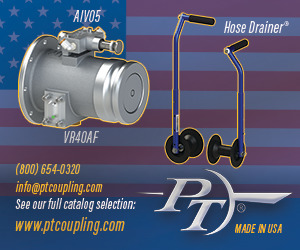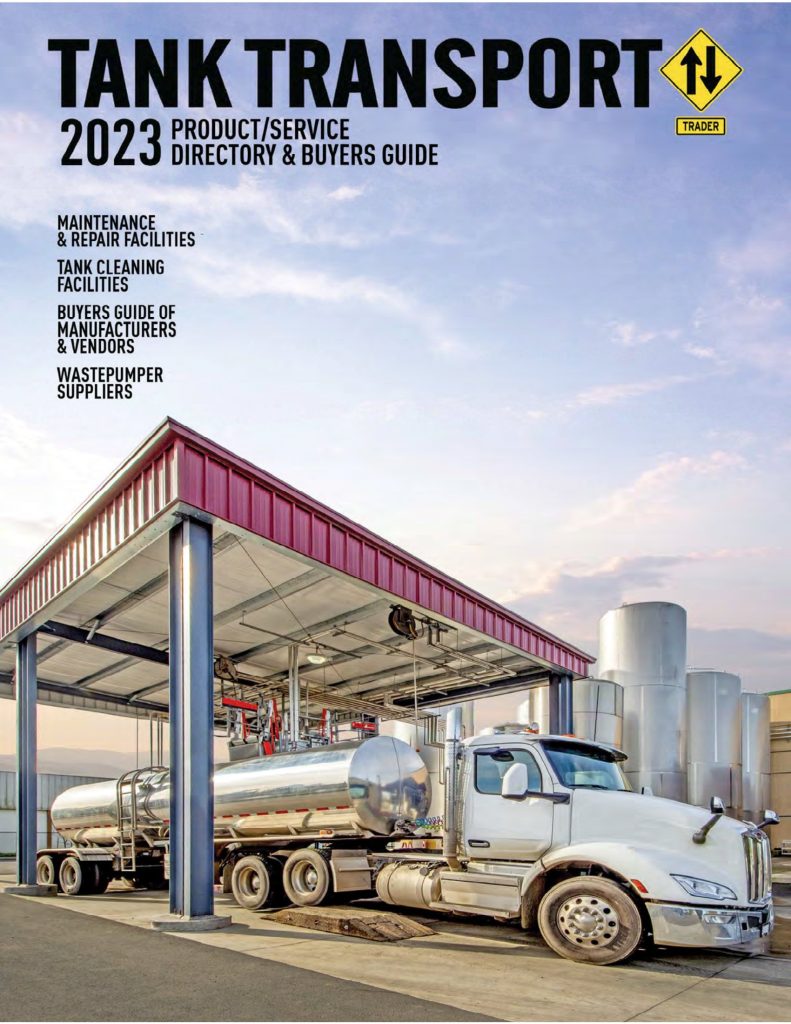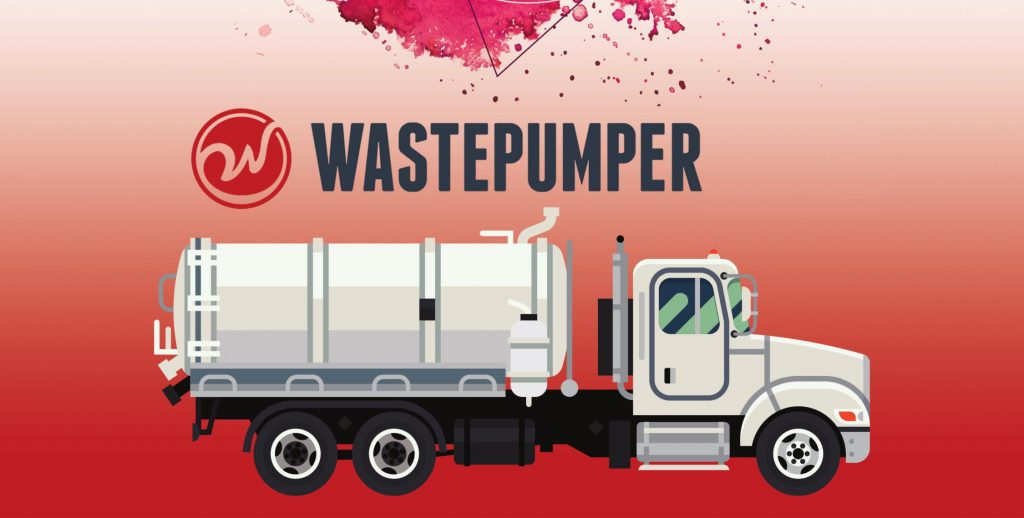Linemen Discover Benefit Of Vacuum Trucks
Despite the dramatic improvement in tools and technology for the utility industry, field crews sometimes need to rely on traditional methods to get the job done. Case in point: linemen occasionally rely on a standby shovel and digging bar to expose and fix failed underground cable. Depending on the amount of nearby electrical, communications and other lines, this can be a slow, backbreaking and sometimes hazardous effort.
An increasingly popular solution surfaced in Nevada a few years ago, as NV Energy crews discovered that their large high-pressure vacuum trucks could quickly, easily and safely unearth a faulted conductor — without disrupting nearby lines and causing crews to spend time and effort to mechanically excavate or hand-dig a hole.
The specialized vehicles, which are the size of a line truck, use high-pressure water to loosen the soil, while a boom-mounted high-flow vacuum system lifts the soil, rocks and debris up and out of the excavation area. The utility originally purchased the trucks from Vactor Manufacturing to clear out flooded, wet or muddy manholes and equipment vaults. Line crews soon realized, however, that the excavation features of the truck were far more useful to helping them access and fix failed underground cable.
Predictably, this excavation method quickly unearths nearby lines without the risk of cutting or surface-damaging adjacent lines and equipment. In turn, customers are more satisfied since their service can be restored more quickly. As an added benefit, utility workers don’t risk the safety and strain hazards associated with hand-digging such holes.
On the Job
Linemen can use the truck to efficiently clean up neglected vaults with major dirt or rock debris. They also can excavate in hard-to-reach areas.
A high-volume water tank feeds a specialized pressure system. This gives operators the flexibility of using anywhere from 3,500 pounds per square inch (psi) water excavation pressure to burst strength reaching more than 14,000 psi.
Enjoying our insights?
Subscribe to our newsletter to keep up with the latest industry trends and developments.
Stay InformedOnce the debris is free, the linemen can use a wireless control to guide the vacuum truck boom to suction up the debris. The rocks, water and mud end up in an internal holding tank. After the excavation, the entire back of the unit opens up like a dump truck to dispose of the excavated material.
The vacuum system can suck out the dirt and rocks around the damaged cable, even if nearby cables are energized. As a result, crews no longer need to dig a new trench to run new conductor around a fault. Also, they can save both the time and effort they previously spent on carefully avoiding other lines.
NV Energy primarily uses the vacuum trucks to expose faulty cable and to clean out manholes and underground vaults. However, the company also has used the excavation features of the truck to unearth transmission line foundation plates, to dig up and inspect underground lines at its power plants, and to excavate around poles that need to be removed.
As a result they are saving time, improving ergonomics and reducing the risk of injuring aging backs, shoulders and muscles.
In addition, the vacuum truck improves productivity and saves money for NV Energy. With today’s increasingly tight budgets and high demands for reliability, every company is considering every possible option to meet customer needs in the most efficient and economical way.
Just as the bucket truck trumps climbing poles in most cases, a modern water and vacuum excavation truck can do the job once done by hand in a much more economical and speedy way. NV Energy has had two such trucks in southern Nevada for a few years, and now some crews wonder how they ever got along without them.




















